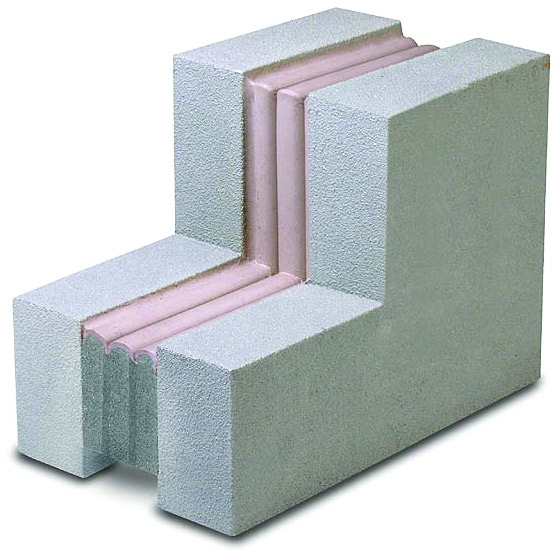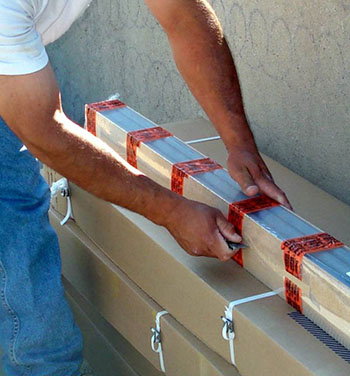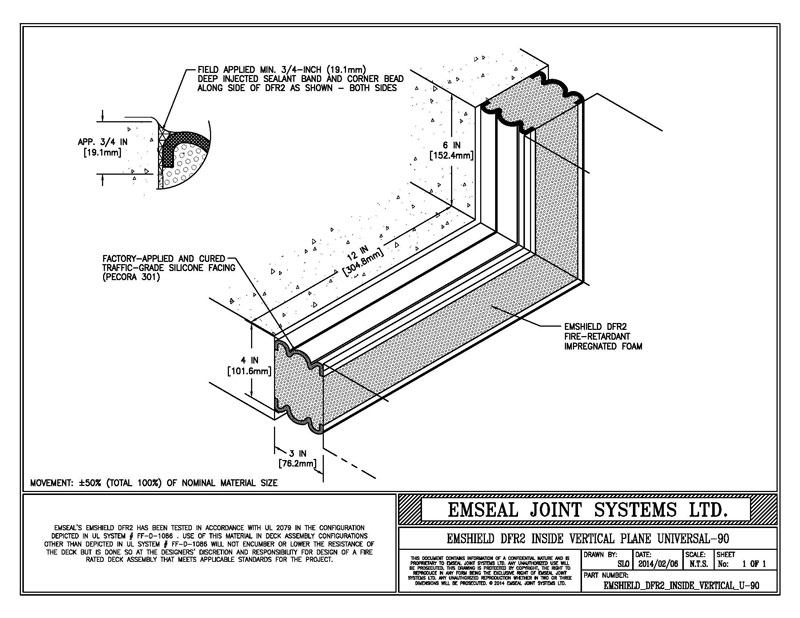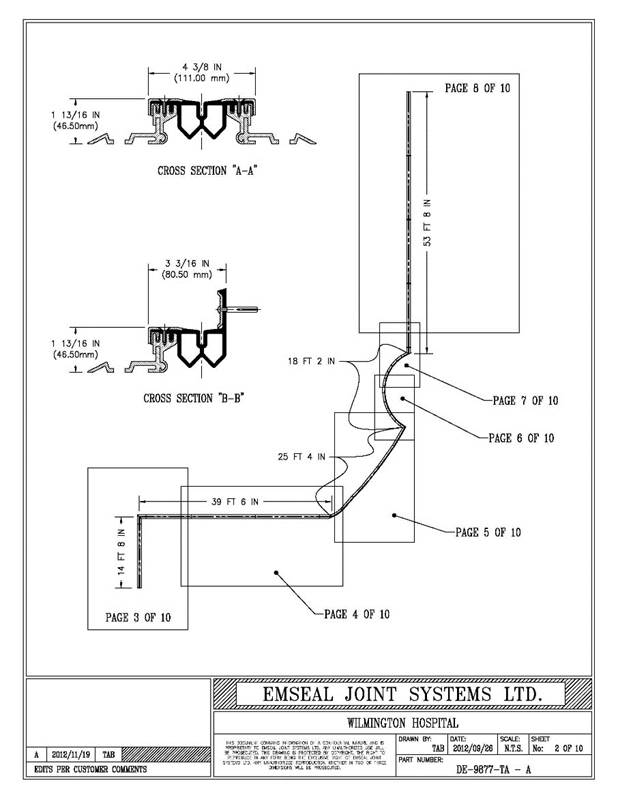Introduction and Overview
Traditional wide and higher movement joint sealing systems are primarily factory produced and preformed, then assembled and installed in the joint gaps on site. There are several different types of these traditional and well established movement joint technologies and systems that include compressed joint seals, inflated joint seals, strip joint seals and foam seals, which comprise both closed-cell foam systems and more recently for the UK market, alternative types of open-celled foam systems from Emseal.
While all these different joint sealing products undergo and have been proven by varied independent testing and compliance regimes, as previously mentioned, there are no national or international standards for them, which is primarily because of the huge variation in the types of structures and specific expansion joint sealing system functionality required.

However, prior to their use in North America all such systems must be assessed, approved and monitored by the responsible Federal, State and their independent Technical Institutes, and from this work there is increasingly clear guidance to assist owners and professional teams in making the system selection.
Emseal wide and high movement joint sealing technologies

The original Emseal innovation – An alternative solution was found and developed by Emseal for open-celled PU foam seals, by using acrylic polymer impregnations. This technology also had the additional advantage of being inherently water-repellent, and unlike the previous wax based materials and other polymer impregnations, has no negative impact on the physical properties of the foam material, including at higher or lower temperatures, making them ideal for use in wider and / or higher movement capability joint systems. Another important advantage is that products produced with this material can safely and securely be factory pre-compressed, so that for fast and secure installation they can easily be inserted and bonded into the joints, with no potentially damaging mechanical fixings required on site. The advantages of this technology are huge and ever since have been proven in the real world and tested by leading independent institutes all around the world to confirm their hugely beneficial properties and performance.
This breakthrough was originally made in the USA, back in the early 1990’s, with some of the early installations still performing well today – a good example is the vertical movement joints for the extension of the Guggenheim Museum in New York that was originally completed in 1994 and recent inspection shows this to be intact and performing as intended, so the service life will certainly continue, maintenance free for many more years, decades in fact. You can also view more on the Case Studies Page of this website and there are also the original project information as well as the recent inspection report details on the Emseal Head office website www.Emseal.com
The next Emseal innovation was for open-celled foam seals that are silicone faced - These are the newest form of this technology now being introduced to the UK, and which use the acrylic resin impregnated, PU Foam that was specifically developed for larger preformed movement joints, and which has already been used for more than 25 years in North America with great success. This silicone faced foam seal technology also provide watertight joints and do not require invasive anchor fittings. Once on site and immediately prior to installation, the product’s protective packaging is removed and the pre-compressed system is inserted into the joint onto freshly applied adhesive, where it slowly expands to fill and seal the joint, including any voids and surface irregularities on the arrisses (joint top side edges). These materials can therefore also have high ‘R’ values and a high sound transmission coefficient to provide excellent thermal and acoustic insulation on facades, as well as between floors.

DFR2-U-90 Preformed Joint details
Key properties of Emseal joint sealing technology:
- Factory pre-compressed foam and silicone rubber facing / bellows
- Expansion into the joints with 100% adhesion at the bond interface
- Bond-line is never in tension
- Bellows is virtually free of any tensile stress
- High R-values for Thermal Insulation with High STC- and OITC-values for Acoustic Insulation
- Watertight
- No invasive mechanical anchors required
- Preformed junctions and terminations
Emseal have pioneered and developed many other innovations in accommodating the requirements of wide and / or high movement joint sealing performance with this type of open-celled foam seals. These include specialist applications and systems with recent certification for up to a four-hour fire resistance rating in accordance with EN1366-4, the highest test classification possible (pretty much identical to the old BS476). In North America these systems are also tested for fire resistance in accordance with UL2079 and again they achieve the highest possible test classifications.
Key performance advantages of Emseal technology:
- One installation process (one-sided access, non-invasive, no gutters, no fire blankets, no air gaps)
- 100% watertight and air-tight
- Up to 4 hours fire rating to EN 1366-4 & UL 2079, (and now also with CE Marking since 2018)
- 100% movement +/-50% (including shear)
- Better acoustic insulation (STC- and OITC-values)
- Better thermal insulation (R-values)
- Prefabricated transitions and terminations

Factory Produced Transitions & Terminations
Emseal Solutions - Quick, Easy, Secure and Durable!
Today Emseal produce an extensive range of expansion joint sealing products and systems that are designed to provide innovative, ‘State-of-the-Art’ joint sealing solutions to meet the full performance requirements, as well as to seal and accommodate high movement and / or wide expansion joints for many different areas. The range of Emseal joint sealing solutions has continued to be developed and continues to be expanded for different types of buildings and civil engineering structures, including bespoke solutions for difficult and complex sealing applications with special requirements and this includes:
Emseal Vertical Expansion Joints e.g. for many different types of building façades and many other vertical areas requiring a secure, watertight sealing system for wide and/or high movement expansion joints.
Emseal Horizontal Movement Joints e.g. for floors, podiums, decks and roofs, plus almost any other horizontal areas requiring a secure, watertight sealing system for wide and/or high movement expansion joints.
Emseal Special Joint Applications e.g. special solutions for car park decks and bridges as outlined separately below because of their specific exposure requirements:
For more information and details on the complete range of Emseal movement joint solutions please see the Emseal Products and Systems Page. For specific advice to solve your movement and expansion joint sealing requirements, you can also call us during office hours on 01257 266696 or email us for any advice at: technical@nccinaction.co.uk
